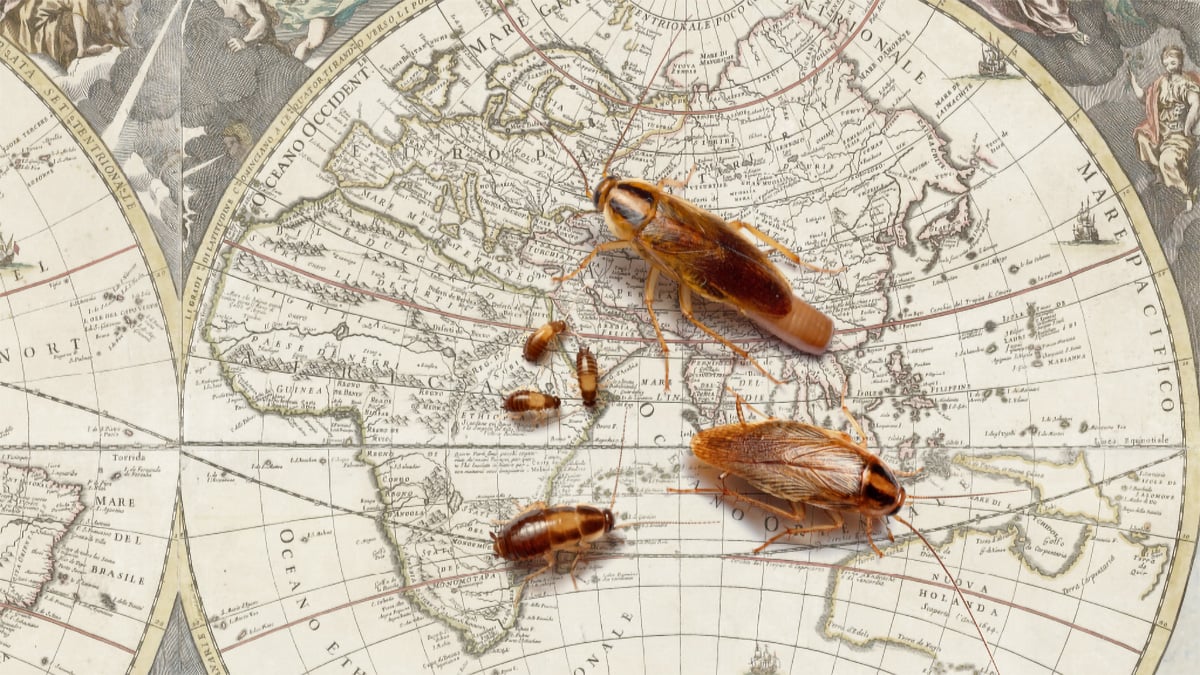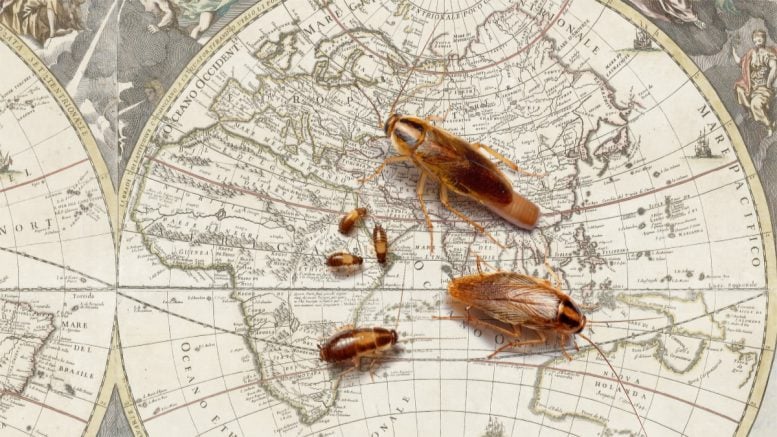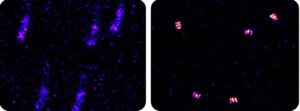

The German cockroach, resolved by a team including Warren Booth from Virginia Tech, originated about 2,100 years ago in Asia, not Germany as commonly thought. This discovery came from analyzing over 280 specimens from six continents. The species, known for its resistance to insecticides and association with human habitats, poses serious public health risks by spreading diseases and triggering allergies and asthma. Credit: Photo courtesy of Matthew Bertone and Coby Schal
Scientists have traced the German cockroach’s origins to Asia around 2,100 years ago, debunking the myth of its German origin. This pest, known for its resistance to insecticides and health risks, remains a major global concern.
A team of international scientists, including Virginia Tech entomologist Warren Booth, has solved a 250-year-old mystery regarding the origin of the most prevalent indoor urban pest insect: the German cockroach.
The team’s research findings, representing the genomic analyses of over 280 specimens from 17 countries and six continents, show that this species evolved some 2,100 years ago from an outside species in Asia and were released this week in the Proceedings of the National Academy of Sciences journal.
One may think by its name that its origins are in Germany. But it is not native to any wilderness in that country. In fact, it doesn’t seem to have any home in the wild anywhere in the world. To date, populations have never been found outside of structures.
Following its evolution, the German cockroach spread from Southeast Asia, hitchhiking around the world in association with humans. In addition to the rapid spread, it evolved a resistance to a variety of insecticides, making it extremely difficult to control using over-the-counter products.
According to Booth, the German cockroach is a major public health issue due to its links to disease spread, the contamination of food, and its role in triggering asthma and allergies.
Reference: “Solving the 250-year-old mystery of the origin and global spread of the German cockroach, Blattella germanica” by Qian Tang, Edward L. Vargo, Intan Ahmad, Hong Jiang, Zuzana Kotyková Varadínová, Pilot Dovih, Dongmin Kim, Thomas Bourguignon, Warren Booth, Coby Schal, Dmitry V. Mukha, Frank E. Rheindt and Theodore A. Evans, 20 May 2024, Proceedings of the National Academy of Sciences.
DOI: 10.1073/pnas.2401185121

